| Width | 1.25cm, 2.5cm, 5cm, 7.5cm, 10cm, 15cm etc |
| Length | 5y, 10y etc |
| Color | white, sink etc |
| Material | Non-woven |
| Packing | 12ROLLS/BOX, 30BOXES/CTN |
| Carton size | 2.5CMX5Y: 44.5×39.5x26cm |
The importance of Micropore surgical tape
Micropore surgical tape is a hypoallergenic and latex-free material that is safe for use on sensitive skin. It is ideal for holding dressings in place, as well as for securing IV lines and catheters. The tape is also useful for taping down wound drains and tubing. Micropore tape is available in a variety of widths to suit different needs.
What is a Micropore Surgical Tape?
Micropore surgical tape with dispenser is made of hypo-allergenic and latex-free material for safe application. It is a breathable tape that helps to keep the wound clean and dry. It is also easy to remove and does not leave any residue on the skin.
Advantages and disadvantages of Micropore surgical tape
If you are looking for a surgical tape that is both hypo-allergenic and latex-free, then Micropore surgical tape may be a good option for you. This type of surgical tape is made from a material called polyethylene, which is known to be gentle on the skin. The main advantage of Micropore surgical tape is that it is very easy to apply and remove. It also has a strong adhesive that will keep it in place even when you sweat or shower. However, there are some disadvantages to using Micropore surgical tape. One downside is that it can be quite tricky to get the tape to lay flat on your skin without any wrinkles. If you are not careful, the tape can also come off easily. Additionally, because the adhesive is so strong, it can sometimes pull off pieces of your skin when you try to remove it. Overall, Micropore surgical tape is a safe and effective way to secure bandages and dressings, but there are a few things to keep in mind before using it.
User tips for successful application
When using micropore surgical tape with a dispenser, it is important to follow these user tips for successful application:
-Start by cleansing the area where the tape will be applied. This will help ensure that the tape adheres properly and prevents infection.
-If possible, shave any hair in the area where the tape will be applied. This will also help the tape adhere better and prevent irritation.
-Apply the tape to clean, dry skin. Make sure to smooth out any wrinkles or creases in the tape so that it lies flat against the skin.
-When removing the tape, do so slowly and carefully to avoid pain or irritation.
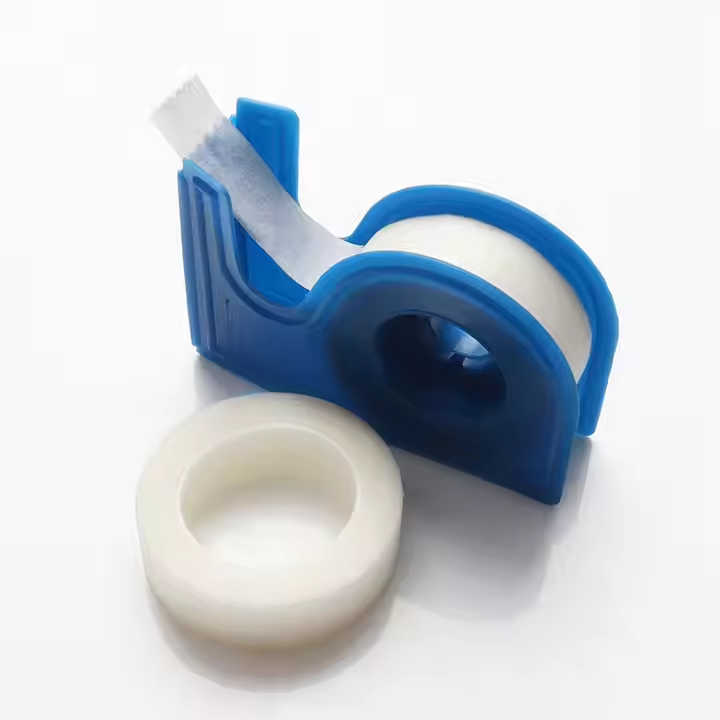
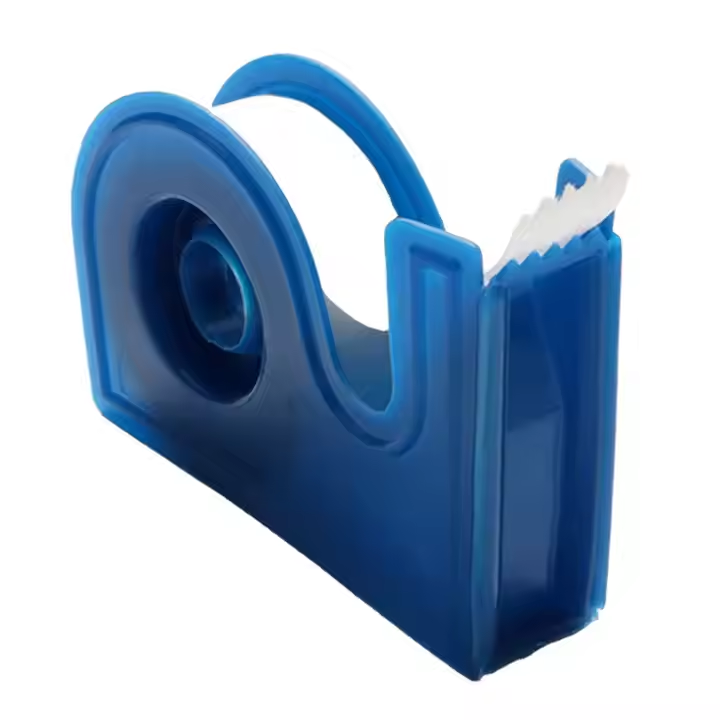
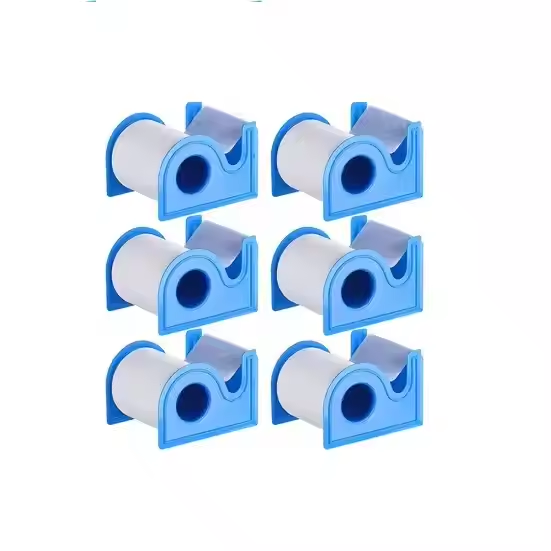
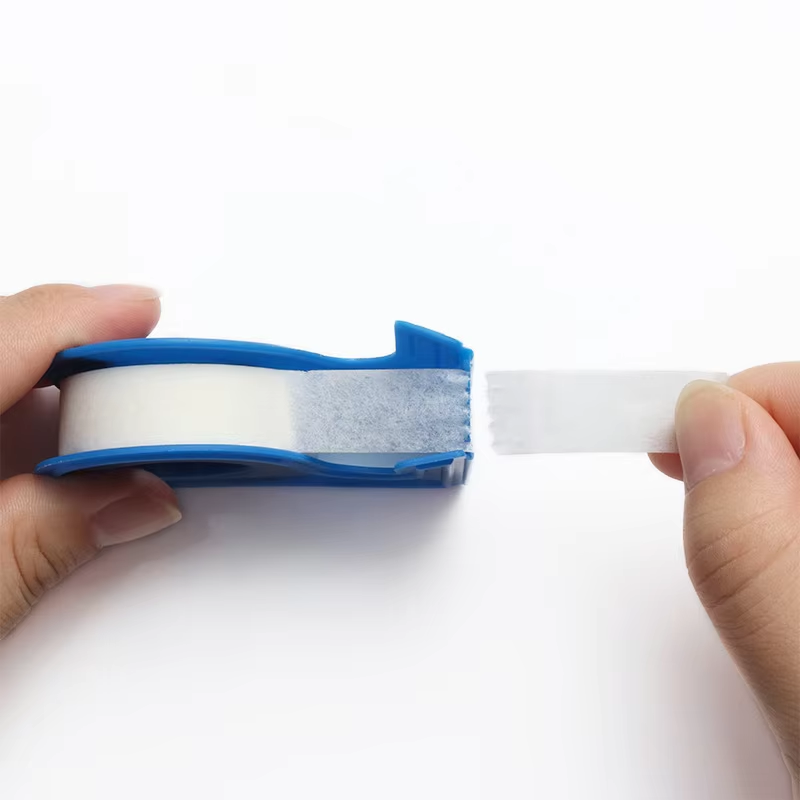
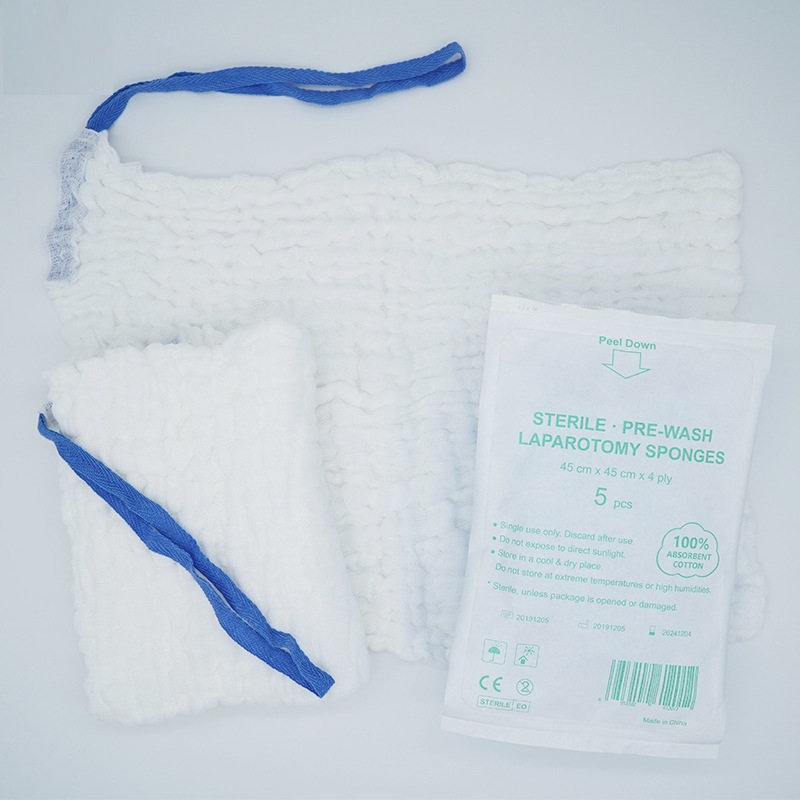
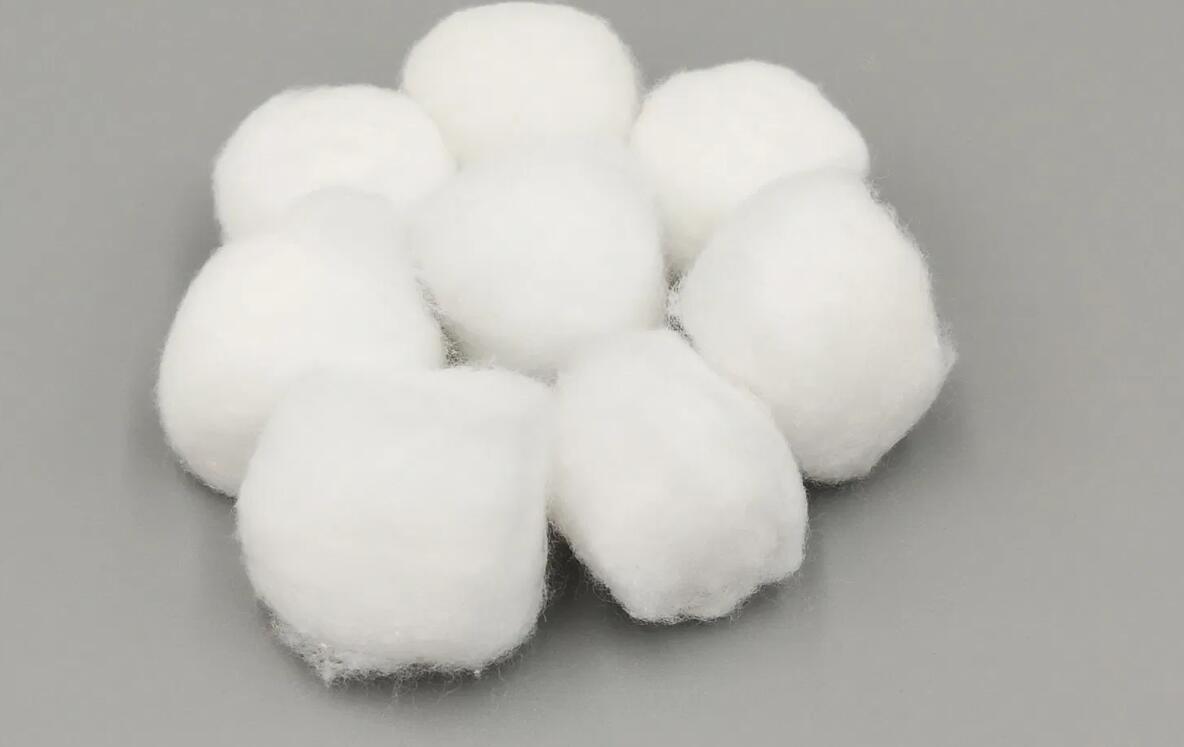
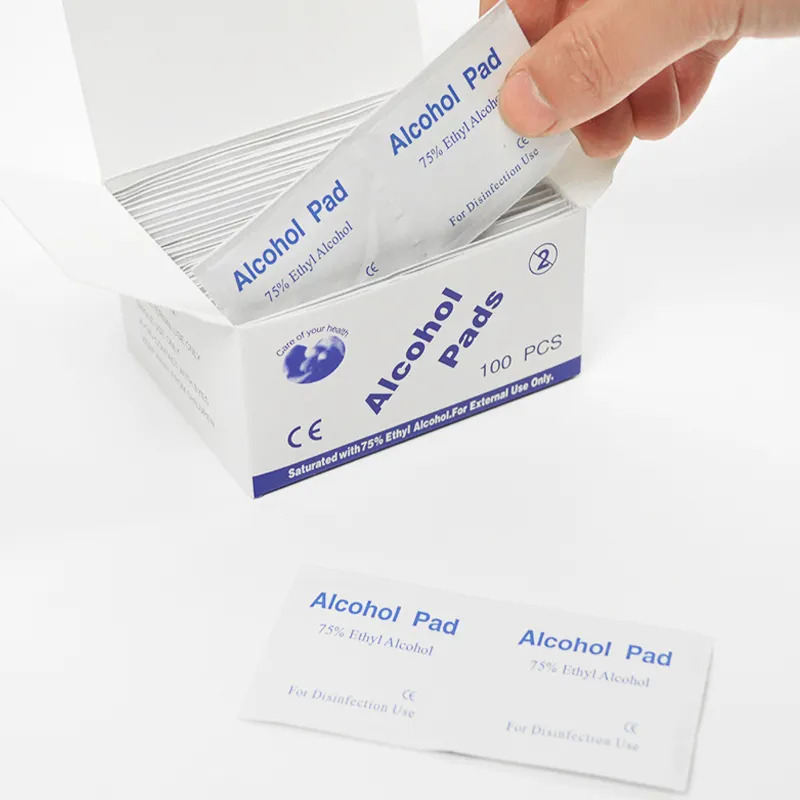
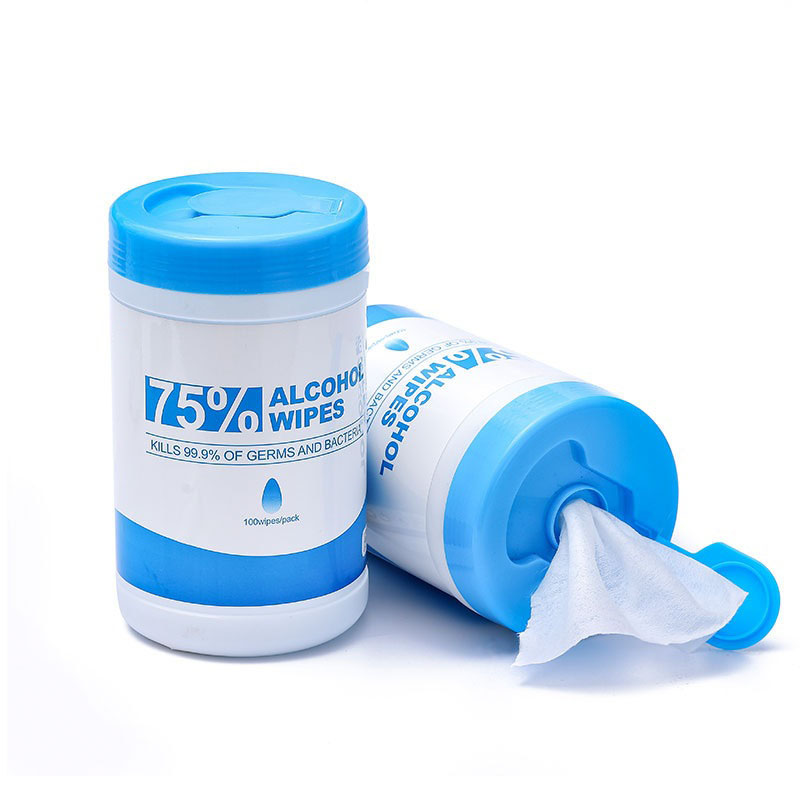
Reviews
There are no reviews yet.